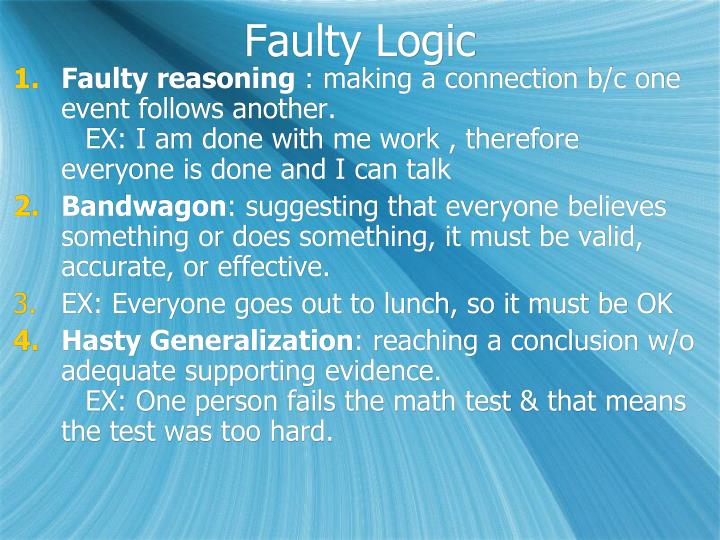

The texts were analyzed using systemic functional linguistics (SFL), especially in terms of schematic structure and linguistic features, especially those contributing to the cohesion of the texts, such as Theme progression and cohesive devices. In the interest of space, the paper will present the data obtained from six texts written by 6 students, representing low, mid, and high achievers. The study used a qualitative case study research design, especially text analysis, involving 32 students. The paper reports on the results of a study aiming to investigate the cohesion of exposition texts written by eleventh graders of a school in Bandung, West Java, Indonesia. Concerning the limitation of this study, it is suggested that future studies integrate other genres as the sources of data. Besides, it is suggested that TSA could be applied in EFL instruction to assist writing instructors to check the coherence of their students' writing. The results confirm the obligation of English teachers to explain the role of each element in building coherent text.

The findings of the study show the necessity of explicit teaching of the elements of coherent writing. This also implies that the students preferred to string ideas close together rather than linked them across paragraphs (3) some problems of coherence identified were the problems with reference, ellipsis, conjunction, lexical cohesion, verb forms, noun, sentence structure, prepositions, and structure of English essay. The highest use of parallel progression indicates that the overall view of the topical progression of the students' narrative texts followed a dominant use of parallel progression, realized by the repetition of I/he/we in the beginning sentence as the sentence topics throughout their story writing.

However, some of the cohesive devices were used inappropriately (2) the types of topical progression used by the students to build coherence in their essays were parallel progression (53,2%), sequential progression (27,9%), and extended parallel progression (18,8%). The highest use of reference also conformed to the nature of narrative text which required them to use sufficient reference devices when investigating participant chains. The percentage of most use in reference was of 50,22% which was explained in terms of awareness i.e., students were probably familiar with the use of most reference devices. Besides, this was attributed to the students' overuse of repetition when they wanted to emphasize ideas in their story writing. This was explained in terms of avoidance in that students tended not to use such type because they did not know how, when, and where such substitution could be reached. In such cases, the percentage of least use in substitution was of 0,10%. The results showed that: (1) the types of cohesive devices used by the students of EED UNW Mataram to build cohesion in their narrative essays were reference (The students' writing experience could be a source of the students' most and least used devices. The data collected were analyzed qualitatively on the basis of Halliday and Hasan's theory of cohesion (1976) and Lautamatti's TSA (1978, in Connor and Farmer, 1990). The data were collected through administering writing task and interviewing. To meet the purpose, 20 students of the third semester at the faculty of teacher training and education UNW Mataram were used as the subjects of the study. This study aimed at describing the cohesion and coherence of narrative Essays written by the students of Nahdlatul Wathan Mataram University (UNW).


 0 kommentar(er)
0 kommentar(er)
